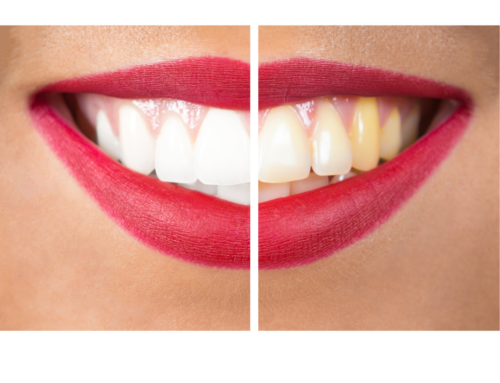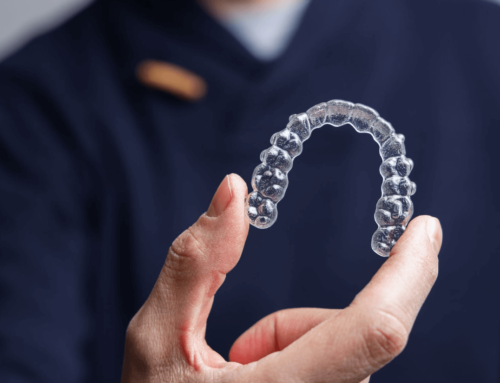What is Dental Bonding?
Although great dentists are always willing to work toward trusting relationships with their patients, dental bonding isn’t about sitting down with a trusted dentist and alleviating your fears and concerns. Rather, dental bonding is one of the latest techniques in top-quality cosmetic dental care. Learn more about this safe and simple procedure that is sure to make you smile in this quick read:
Dental Bonding
Dental bonding is a cosmetic procedure which involves the application of a safe and permanent dental adhesive to your natural tooth to correct or repair damage. The extent of this bonding can vary based on the type and degree of the repair needed, as well as the specific bonding technique used. Dental bonding is most commonly used in cosmetic dentistry to restore teeth and includes options to treat many unique patients. Some types of dental bonding include the following:
Inlays or Onlays
Think of this type of bonding as an indirect filling for decay or breakage that is structural. Inlays or onlays involve applying dental composite to broken or damaged teeth in order to smooth and strengthen the existing tooth structure. Unlike a procedure such as a root canal, the fillings involved are not always associated with decay, but sometimes also can be the result of chips, breaks, thinning and/or tooth wear. The filling is bonded to the tooth to restore these areas.
Composite Bonding
Composite bonding is the process of replacing damaged portions of a tooth with a composite material that bonds directly to the remnants of the existing tooth. Just as a street that needs resurfacing, composite bonding can fill any divots and cavities within your mouth to restore that smooth enamel look.
Dental Veneers
Dental veneers are deceptive tooth coverings designed to look just like your natural teeth. When neither inlays nor bonded fillings are enough to restore your smile, veneers can be fit over your existing tooth structure to restore color and finish. As an added bonus, dental veneers are permanently bonded to your teeth, but not limited to just your tooth area. This allows coverage beyond the existing tooth structure to restore your smile after chips, cracks or large gaps.
Dental Bonding Materials
Dental bonding materials consist of a resin that can be colored to match your natural teeth, instead of old-school silver colored filling which uses a metal base often containing mercury, silver, copper, tin and/or zinc. Composite resin typically offers a closer match in cosmetic appearance to your current teeth. Composite resins, like silver fillings can be used to either strengthen or restore damaged teeth. Unlike the silver fillings, dental bonding with composites does not contain mercury, which some in dental care consider to be a health concern. While offering many benefits over traditional tooth repair, dental bonding resins typically cost just slightly little more than silver counterparts.
Conclusion
Dental bonding is the process of using a composite adhesive to bond, or stick, to your natural teeth and help restore your smile. Different types of repair can correct different complaints, such as inlays to strengthen a thin tooth, composite bonds to repair chips or small cavities, and bonded veneers to correct larger repairs. Dental bonding composites differ from traditional silver fillings in effect, appearance, material and price. Learn more about whether or not dental bonding might be right for you. Providing premium dental care to the people in and around Oakland County and offering the best in dental technology, the qualified and dedicated dental team at Novi Oaks Dental is made up of kind, caring and compassionate people who are eager and excited to provide you the utmost in patient care. Contact the pleasant office staff today and get started on achieving the healthy and beautiful smile you’ve always dreamed of!







